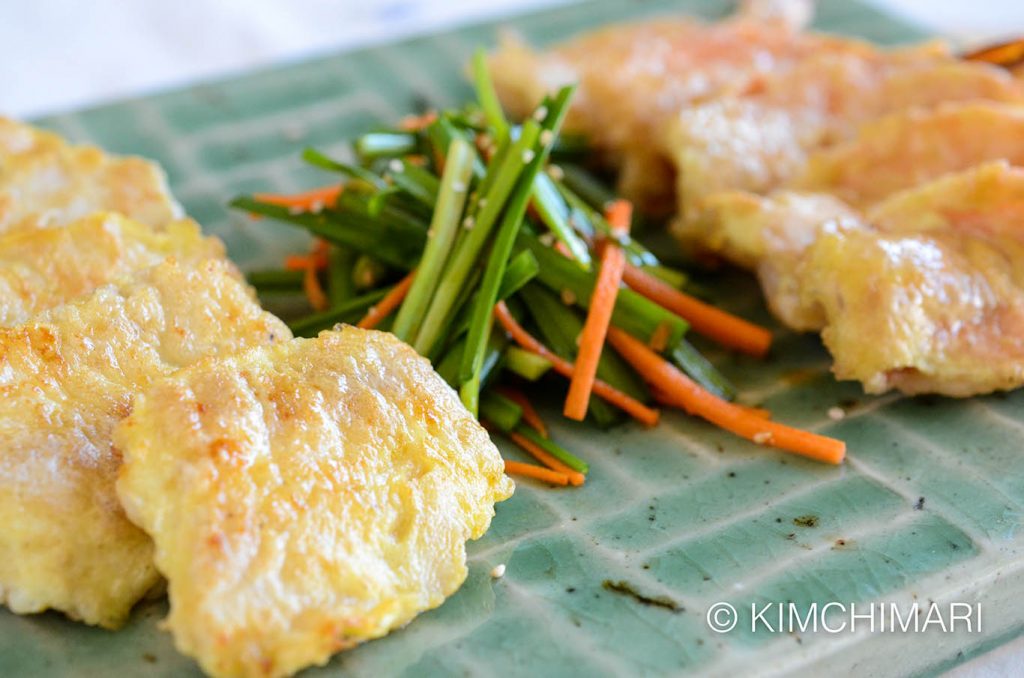
Korean Fish and Shrimp Jeon are almost always served in a full course traditional Korean dinner, especially for special seasonal festive meals around Chuseok and New Year’s. When I first posted my recipe for Kkaetnip (깻잎전) and Wanja Jeon (완자전) aka Mini beef patties and stuffed perilla leaves back in 2011, I had planned to post about these two jeons not too long after. Well, I don’t know how but it become way LOOONG after..since it’s now 5 years after! Well, thank you all for your patience!
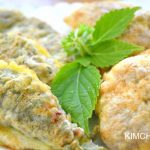
There are many different types of Jeon(전) in Korean cuisine and I wrote all about it in my previous Mini beef patties and stuffed perilla leaves post so look there for more info. Fish and Shrimp Jeon were both in the list of various Jeons that Koreans like to make. Fish Jeon is usually made with white meat fish, especially Cod and Pollock. Since Daegu (대구) = Cod in Korean, it is also called Daegu Jeon (대구전). When it is made with Pollock, it is called Dongtae Jeon (동태전).
When I think of Shrimp Jeon or Saewoo Jeon (새우전), I think of my parents’ diplomatic dinners that they hosted for other foreign ambassadors while we were living in New Delhi, India. For any formal diplomatic dinners, we always served a full 5+ course meal. And for the 3rd course which was a fish course, Shrimp or actually Prawn Jeon (as Prawns were what was available in India) was almost always served. Because, in the late 70’s, markets in New Delhi had very limited seafood but prawns were almost always available and were delicious.
BTW, people either think prawns and shrimps are the same thing but just different in size. That’s actually incorrect!! They are totally different species but because their flavor and texture are very similar, people use them interchangeably in their cooking. For more detailed info on Prawns vs Shrimps, read this Cook’s Illustrated article.
Now going back to my days of India…another great thing about shrimp jeon is that you can make them ahead of time and keep them warm in the oven and serve warm when needed. I think I mentioned in one of my earlier post but I guess my career in the kitchen started way early from when I was in 5th grade!
When my parents hosted important diplomatic dinner parties at our home, I basically hung in the kitchen all day, especially during dinner service time. Of course, the main reason was to eat any leftovers or anything else that broke or had ugly shapes – haha. And that’s also when I learned that the flavor of food changes so drastically depending on the temperature. Jeon that is cold is completely different from one that is piping hot, freshly off the pan.
The other reason was because my mom asked me to watch the kitchen during dinner service to make sure every dish gets served correctly in the right order, at the right temperature, with the correct sauces, ..etc. I have no doubt that if my older sisters were around, the duty would have fallen on them but because they were all away in college, I was practically an only child and so I got introduced early into the world of parties and cooking.
With two cooks (one Korean, one Indian) and 3-4 servers, you would think that they could manage it without me but that was just not the case. Mainly it was because our Korean ajuma cook did not speak English and the Indian staff did not speak Korean. Another is that everyone was so busy trying to do their own task, there was no ONE person overseeing the whole service procedure. For example, with the Shrimp Jeon, you have to make it ahead in time but have to be very careful that they don’t get too dry in the oven. However, at the same time, making sure they don’t become too soggy and served nice and warm. My mom was quite a perfectionist in this sense and if something went wrong with the service, oh, the poor staff people got an earful! And I did not like seeing my mom upset so this was my way of trying to make sure things went well without a hitch.
TIP!! If you ever want to serve your Jeons for a party, you can make them ahead and keep them warm in the oven until service time but cover it (but not fully, leave the side open) so that they don’t dry up. Many Koreans serve Jeon at room temperature but they taste SO MUCH better when they are served WARM. And even BETTER when it is eaten right after they are cooked.
What fish fillets do I use for Korean Fish or Saengsun Jeon?
Buy frozen cod or pollock fillets from your neighborhood Korean grocery store (it should say 동태전감 or 대구전감) or just buy cod fillets from your favorite grocery store. I bought mine from whole foods and they came in individual fillet packets that look like this.
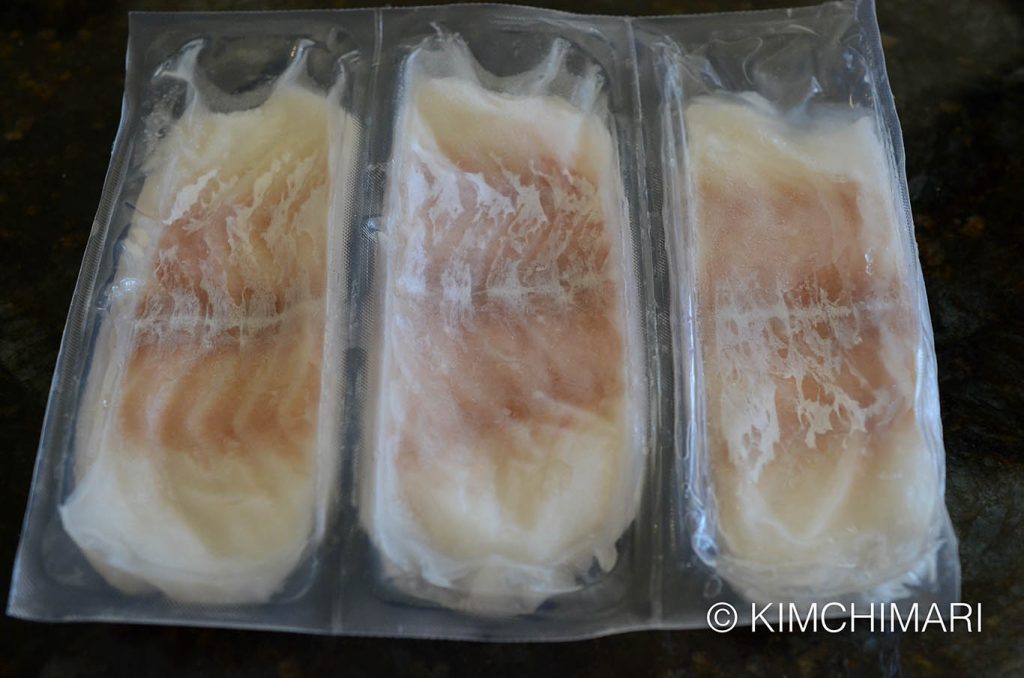
Korean Fish Jeon (생선전 Saengsun Jeon) and Shrimp Jeon (새우전 Saewoo Jeon) – Gluten Free
Servings: 4 Cooking Time: Difficulty: Easy
Ingredients
- 10 pieces large shrimp/prawn (16/20 count)
- 1 lb cod fillets
- 3 eggs
- 1/2 cup Gluten Free flour or regular flour
- sea salt
- pepper
- oil for frying
- Chive Carrot Salad
- 1/2 cup chives, cut 2-3 inch lengths
- 1/3 cup carrots, julienned
- Dressing for Chive Carrot Salad
- 1 tsp jin kanjang (For GF, try this GF soy sauce or Tamari soy sauce)
- 1 tsp lemon juice
- 1 tsp rice vinegar
- 1 tsp sugar
- 1/2 tsp gochukaru (Korean chili powder)
- 1/2 tsp sesame seeds
- Defrost shrimp or fish if they are frozen.
- Clean and cut carrots and chives.
Chives and carrot julienned for chive carrot salad - Make dressing for chive carrot salad and set aside.
- A good size shrimp for Saewoo Jeon is 16/20 count shrimp like below:
Shrimp for Korean Shrimp Saewoo Jeon You don’t need the head and you can buy peeled shrimp if you’d like. Mine came with the peel on so I peeled the shells off except the tail.
- Cut along the rounded back to butterfly each shrimp. Make sure you cut deep enough so that the shrimp is totally flat but not so deep that it’s in two separate pieces!
Butterflying peeled shrimp for Saewoo Jeon Butterflying is easier if you actually hold the shrimp with one hand and with the other hand use the knife to carefully cut into the back. Details on how to butterfly shrimp if you need it.
- Clean off any black/greyish veins which are basically the shrimp’s guts. It should look clean like this when all done.
shrimp butterflied and cleaned - Once all shrimps are butterflied and cleaned, season each side with sea salt and black pepper. Set aside.
shrimp butterflied and seasoned - Cut cod fillets into smaller pieces. It’s easiest when you cut at an angle like so –
Cutting cod fillet for fish jeon I like to cut my fish pieces pretty thick (1/3 inch) but you can cut it thinner if you’d like.
- Lay out cut cod fillet pieces and season with salt and pepper on both sides. Also, a trick that I use to make it even better is to drizzle sesame oil (1-2 drops on each piece).
cod fillet seasoned with salt, pepper and sesame oil for jeon - Prepare flour in a dish. Prepare egg batter by lightly whipping eggs.
- Heat up a frying pan on medium heat. Drizzle a generous amount of vegetable oil (2 Tbs or so).
- Coat both sides of shrimp or fish with flour.
coating shrimp with flour - Coat floured shrimp or fish with egg batter and put into pan. Jeon should quietly sizzle after it touches the pan.
Korean fish jeon frying in oil - Cook jeon until each side is golden brown – about 2-3 minutes on each side. Making sure you add additional oil in between. Probably another 1 Tbs of oil after you turn them over and also when you start a new batch.
shrimp jeon frying in pan - Toss chive and carrots with the dressing. Serve Fish and Shrimp Jeon with the chive and carrot salad on the side. Chive and Carrot Salad is a modern addition that adds freshness and a little punch of flavor from chives. Serve a side of Soy Vinegar dipping sauce (see Dipping Sauce) for more traditional flavors.
Here is how you can serve Seafood or Haemul Jeon and salad together. Salad is totally optional.
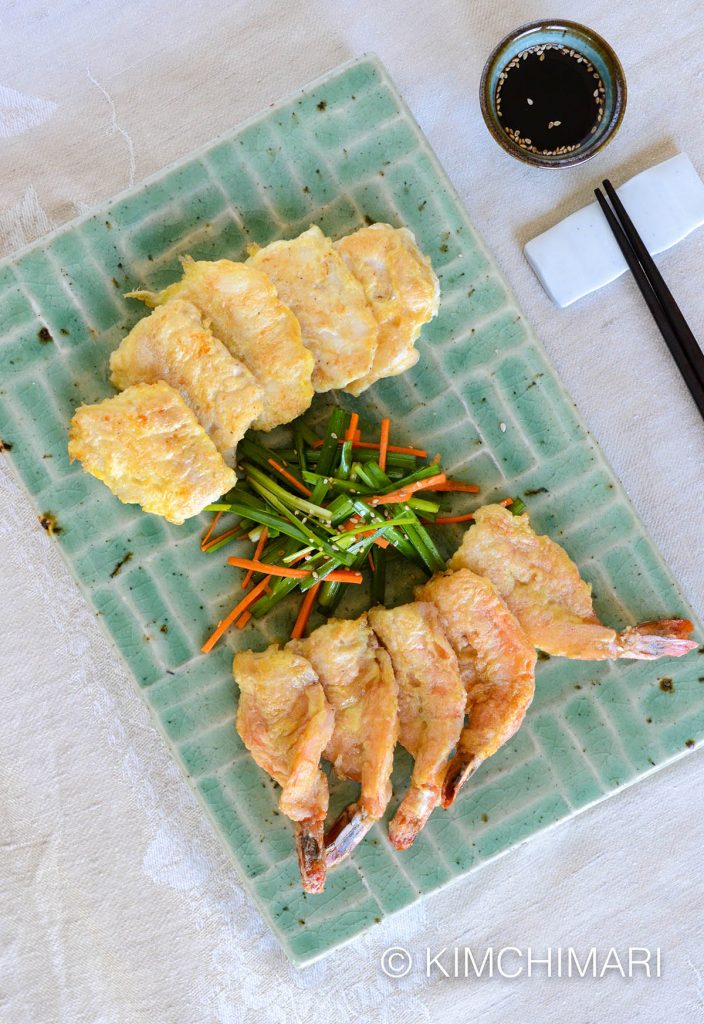
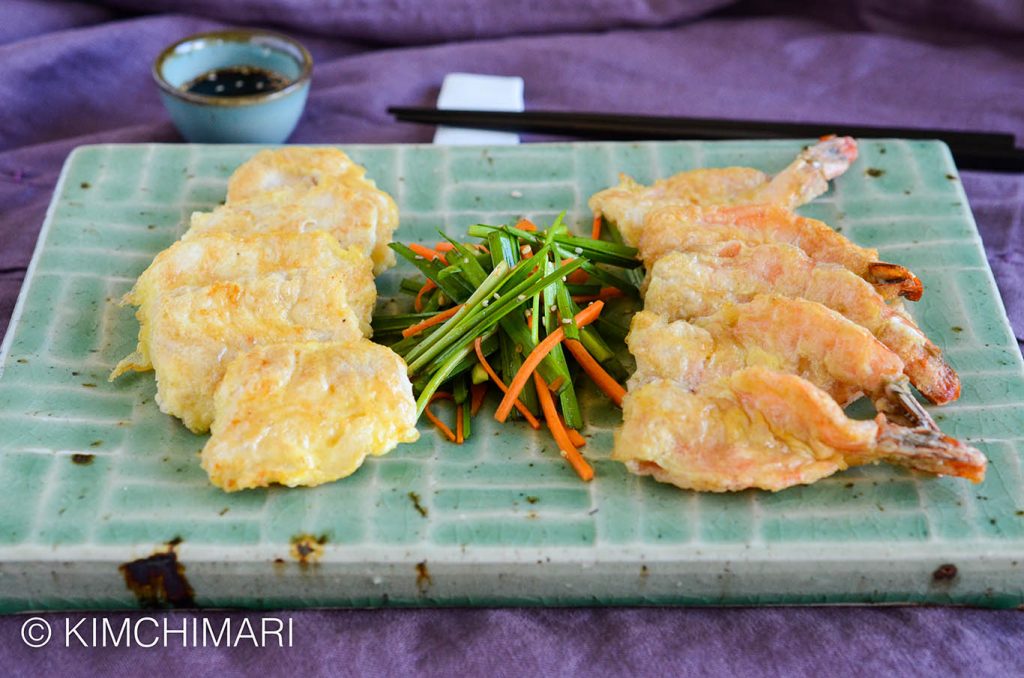
Well, there you go!
ENJOY! ❤️
JinJoo
TIPS
- Leftovers can be refrigerated and later reheated in non-stick pan with no oil or little bit of oil in regular pan.
- Can be eaten at room temperature so it can be a good lunch box banchan.
- Here’s a great everyday dinner menu that I cook often – instead of making jeon a side dish (banchan), I make it the main dish. To be the main dish, make sure they are served WARM!!
- Fish/shrimp/hobak jeon
- Soup or Jjigae: gochujang hobak jjigae or doenjang jjigae or baechu doenjang guk
- rice
- kimchi or salad.
Pan-Fried Fish and Shrimp Jeon (Saengsun and Saewoo Jeon)
Ingredients
- 10 pieces large shrimp/prawn (16/20 count, fresh or frozen)
- 1 lb cod fillets (fresh or frozen)
- 3 eggs
- 1/2 cup Gluten Free flour or regular flour
- Sea Salt (Trader Joe's)
- pepper
- oil for frying
Chive Carrot Salad
- 1/2 cup chives (cut 2-3 inch lengths)
- 1/3 cup carrots (julienned)
Dressing for Chive Carrot Salad
- 1 tsp soy sauce (Jin Ganjang - for GF soy sauce, try Tamari)
- 1 tsp lemon juice
- 1 tsp rice vinegar
- 1 tsp sugar
- 1/2 tsp gochukaru (Korean chili powder)
- 1/2 tsp sesame seeds
Instructions
- Defrost shrimp or fish if they are frozen.
- Clean and cut chives and julienne carrots.
- Make dressing for chive carrot salad and set aside.
- A good size shrimp for Saewoo Jeon is 16/20 count shrimps. You don’t need the head and you can buy peeled shrimp if you’d like. Peel off shells off shrimp except the tail.
- Cut along the rounded back to butterfly each shrimp. Make sure you cut deep enough so that the shrimp is totally flat but not so deep that it’s in two separate pieces!
- Butterflying is easier if you actually hold the shrimp with one hand and with the other hand use the knife to carefully cut into the back.
- Clean off any black/greyish veins.
- Once all shrimps are butterflied and cleaned, season each side with sea salt and black pepper. Set aside.
- Cut cod fillets into smaller pieces. It’s easiest when you cut at a angle.
- I like to cut my fish pieces pretty thick (1/3 inch) for my fish jeon but you can cut it thinner if you’d like.
- Lay out cut cod fillet pieces and season with salt and pepper on both sides. Also to make the fish jeon taste even better, drizzle sesame oil (1-2 drops on each piece).
- Prepare flour in a dish. Prepare egg batter in another shallow bowl (whip eggs lightly).
- Heat up a frying pan on medium heat. Drizzle a generous amount of vegetable oil (2 Tbs or so).
- When oil moves around freely, pan is ready.
- Coat both sides of shrimp or fish with flour.
- Coat shrimp or fish with egg and put into pan. Jeon should quietly sizzle after it touches the pan.
- Cook jeon until each side is golden brown – about 2-3 minutes on each side.
- Be sure to add additional oil as you cook Jeon. Probably about 1 Tbs or so after you turn the Jeon over.
- Toss chive and carrots with the dressing. Serve Fish Jeon and Shrimp Jeon with the chive and carrot salad on the side.
Tips & Notes:
Also serve a side of Soy Vinegar dipping sauce (see my Dipping Sauce recipe) for more traditional flavors.
Refrigerate any leftovers and reheat in pan with no oil or with little oil.
Great lunch box banchan.
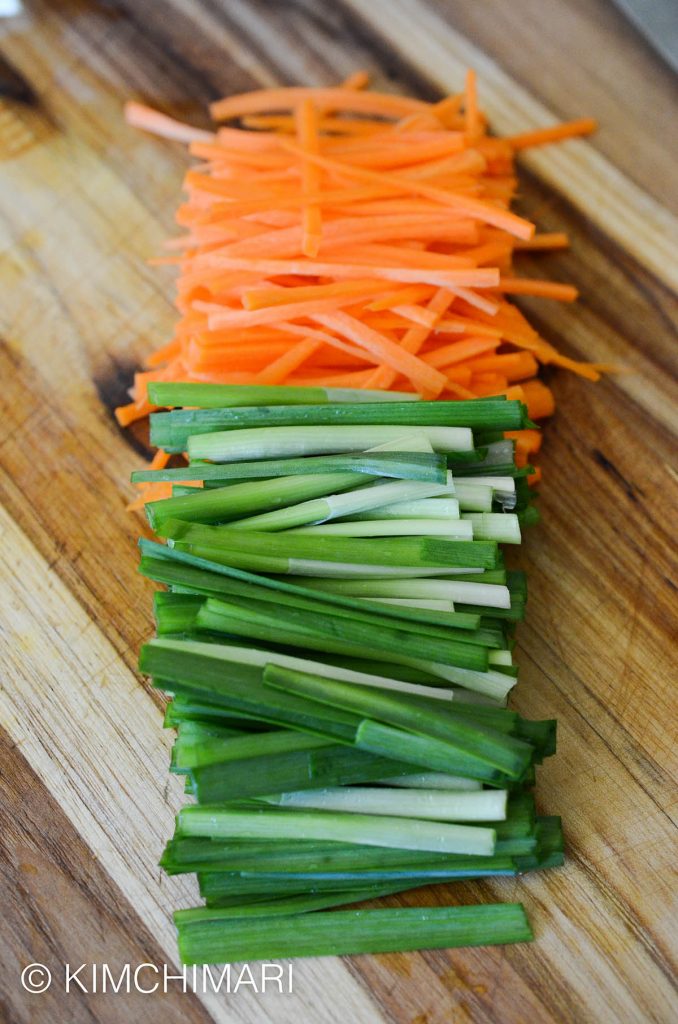
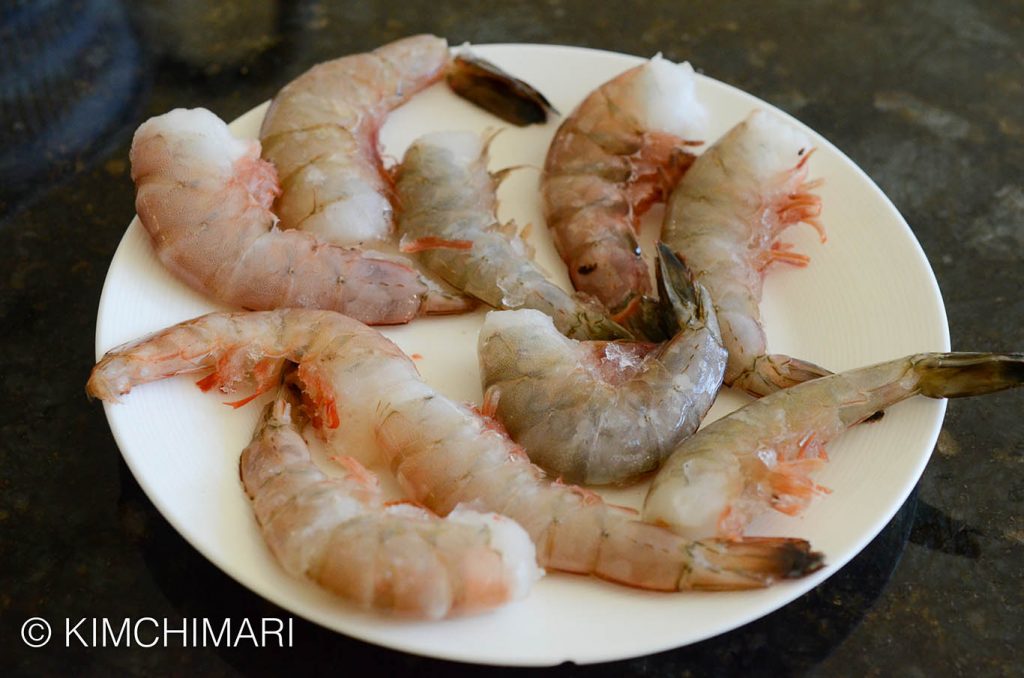
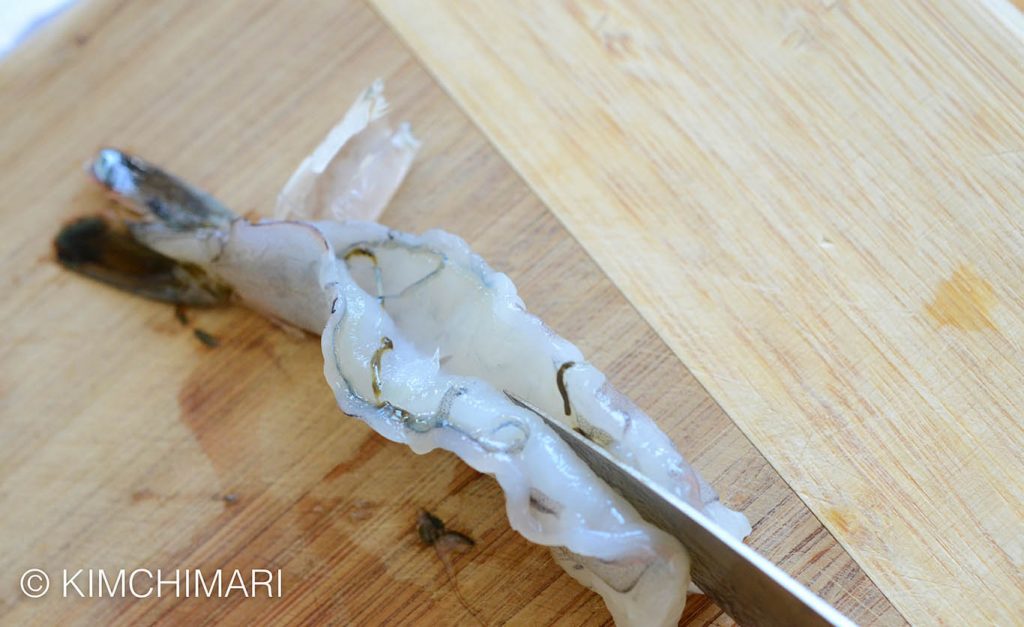
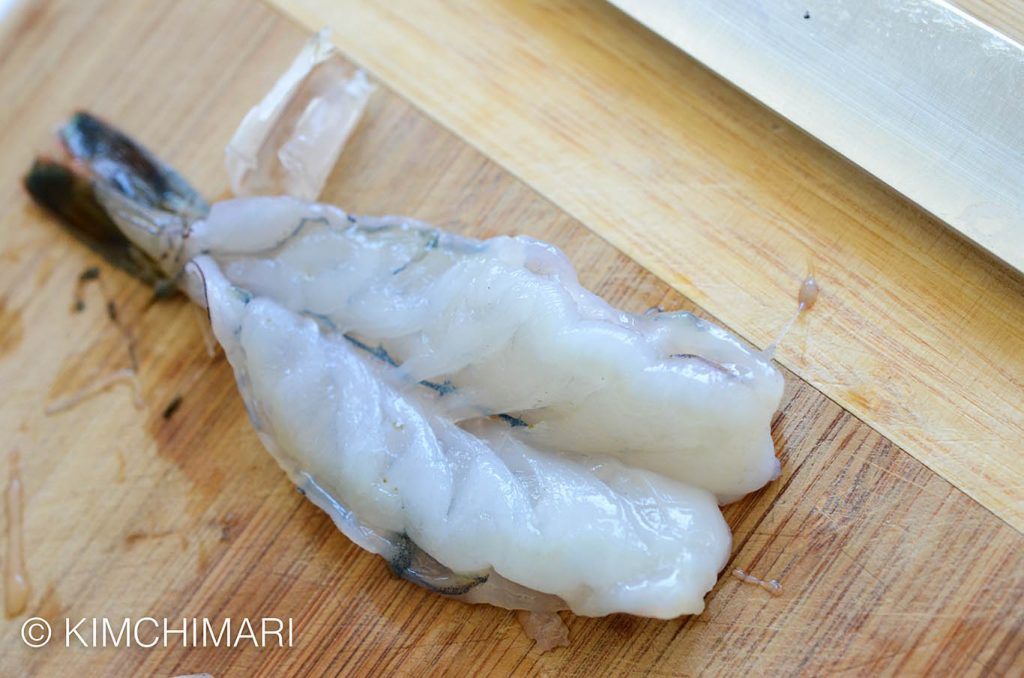
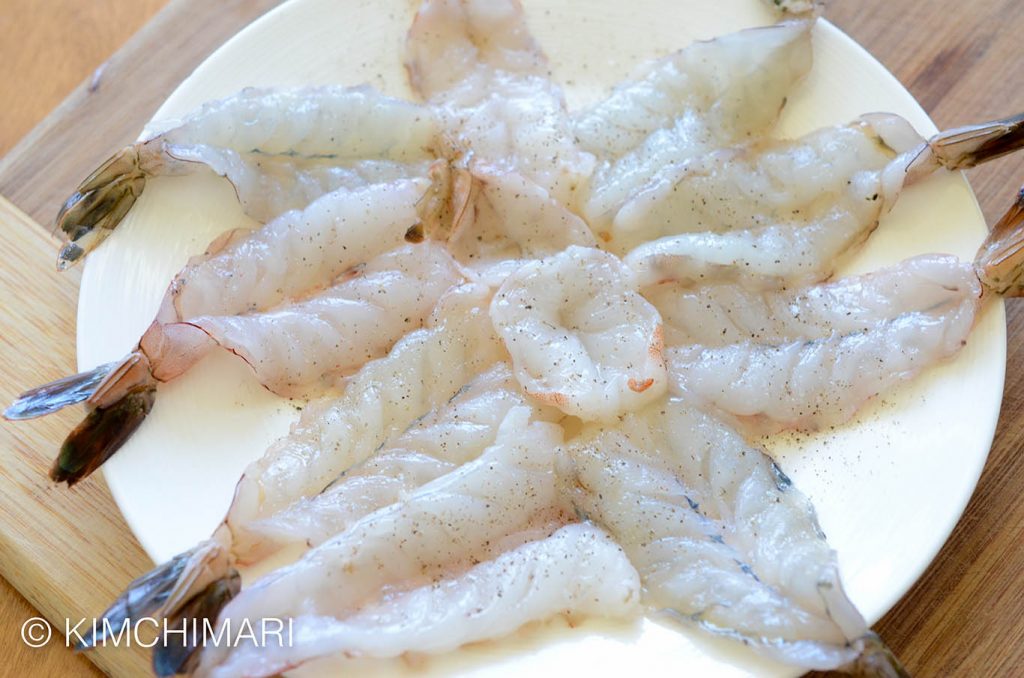
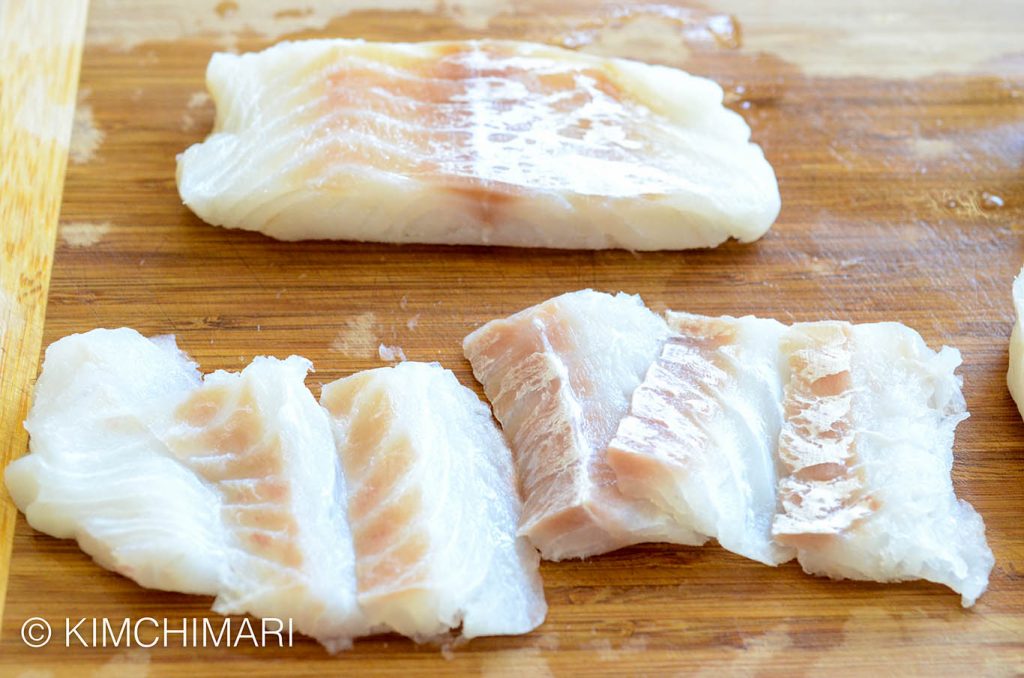
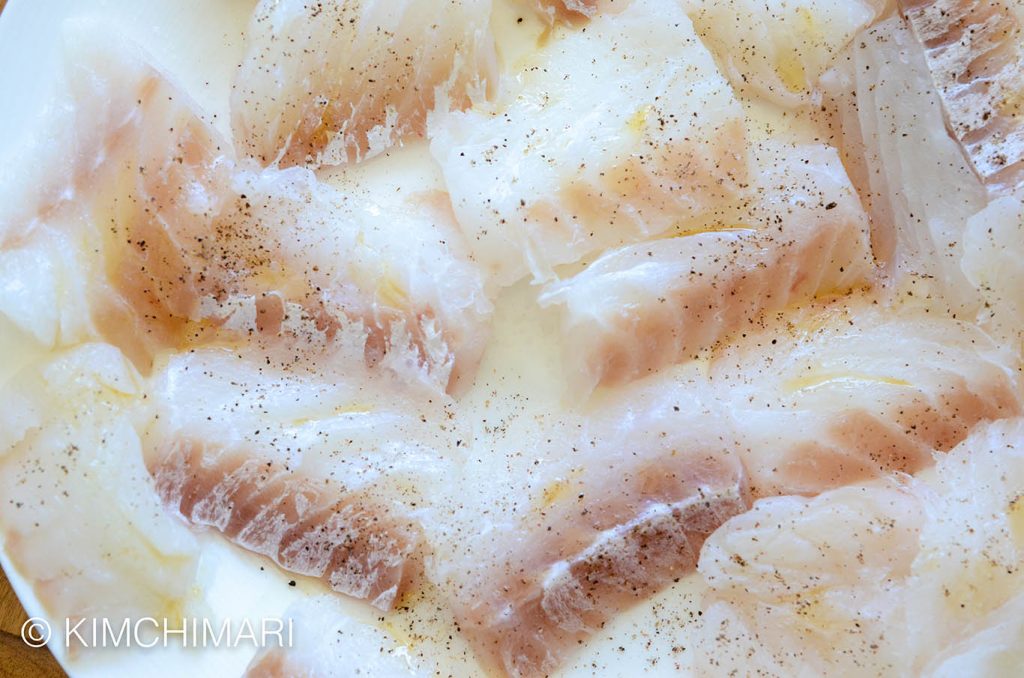
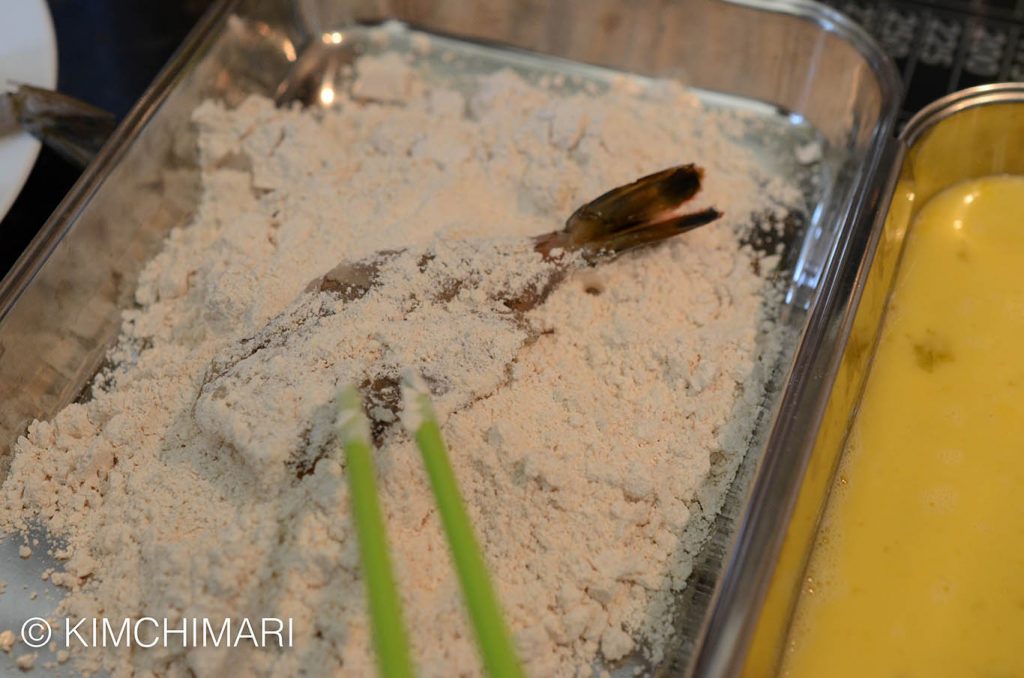
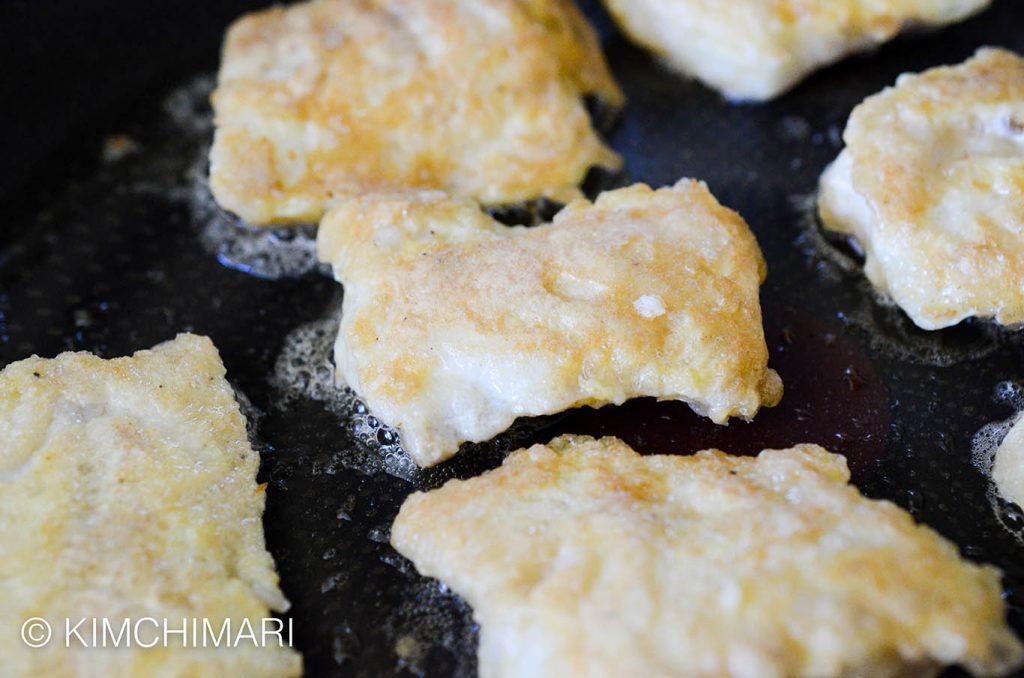
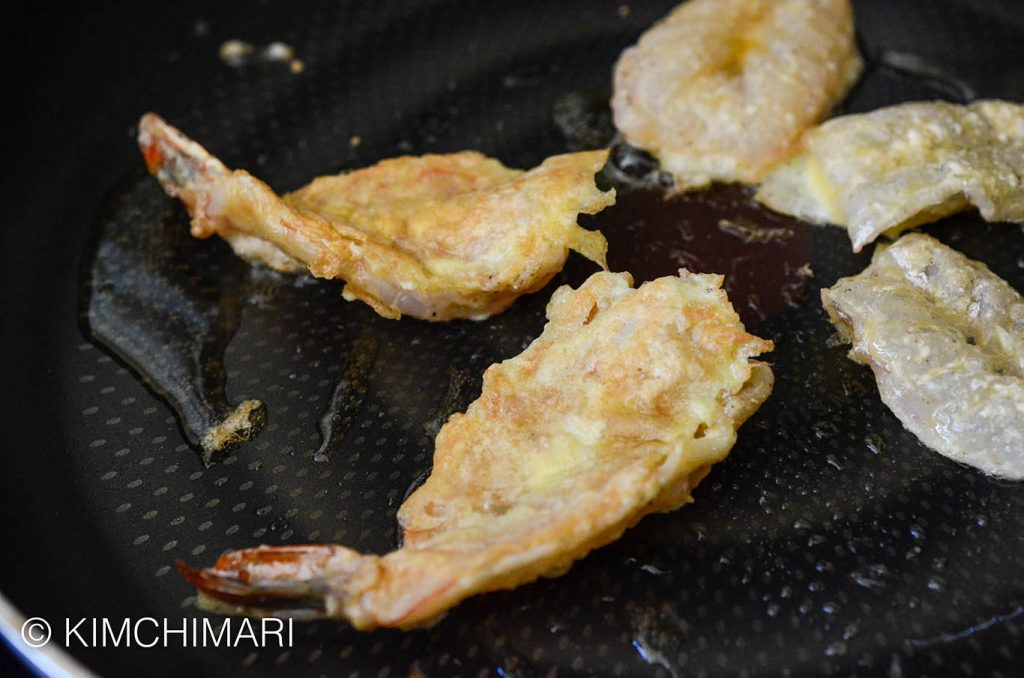
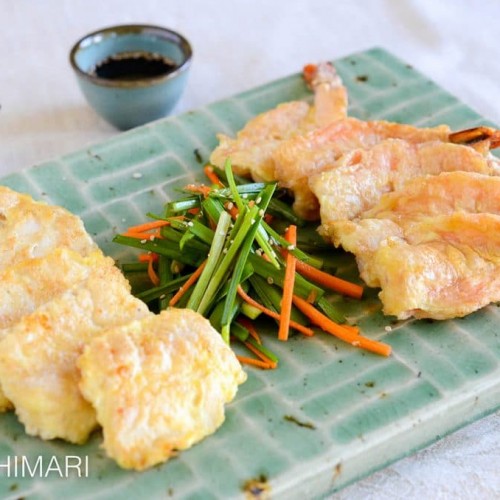

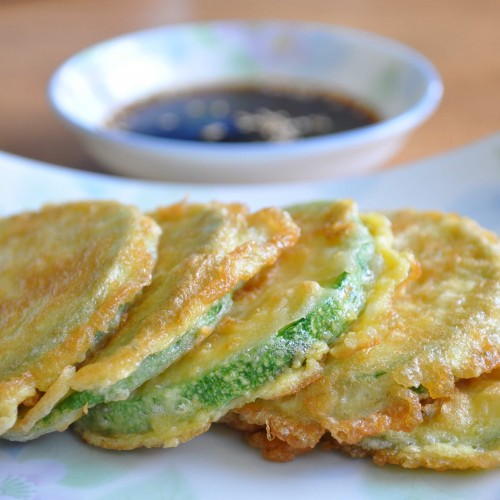
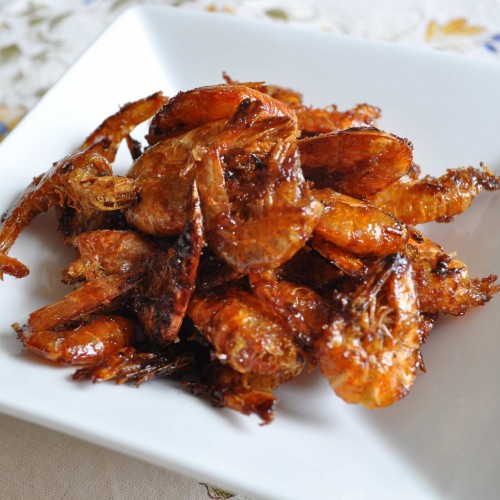
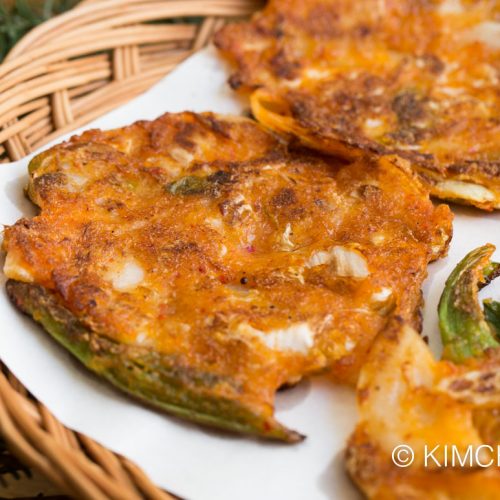
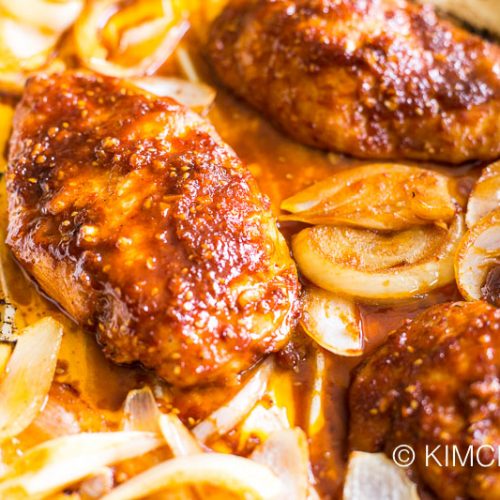
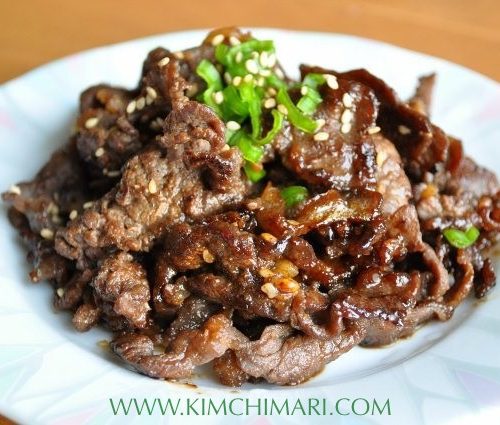
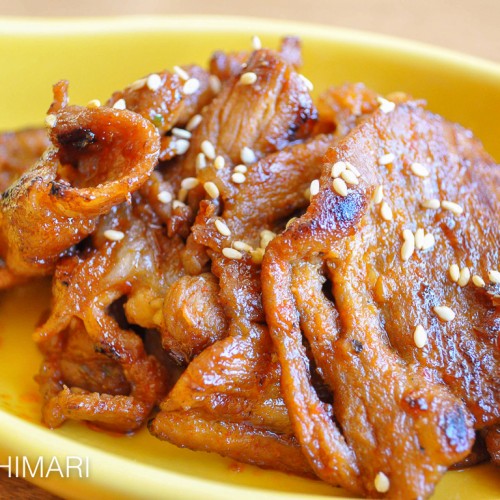
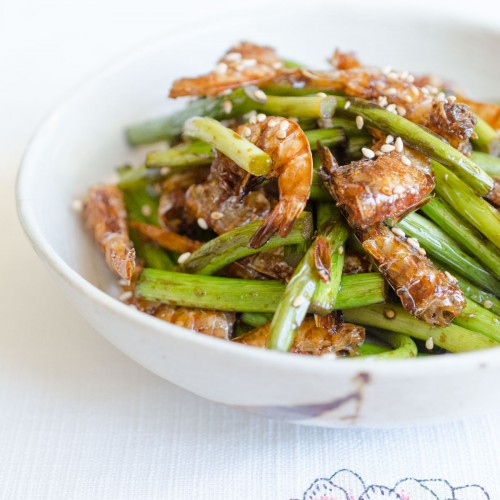
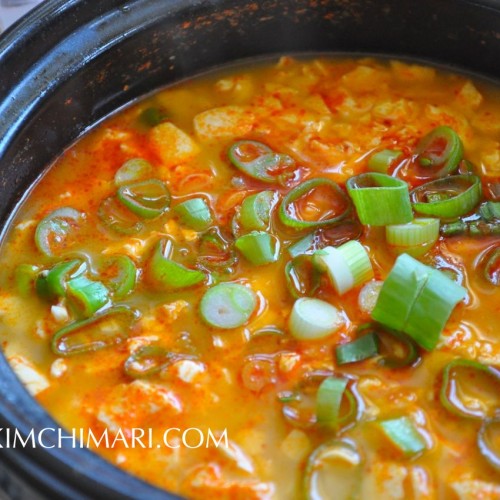
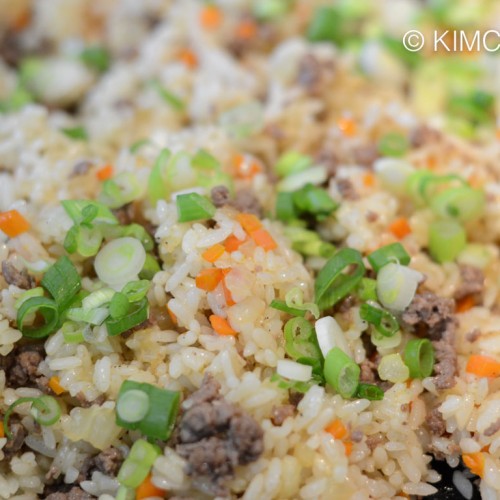
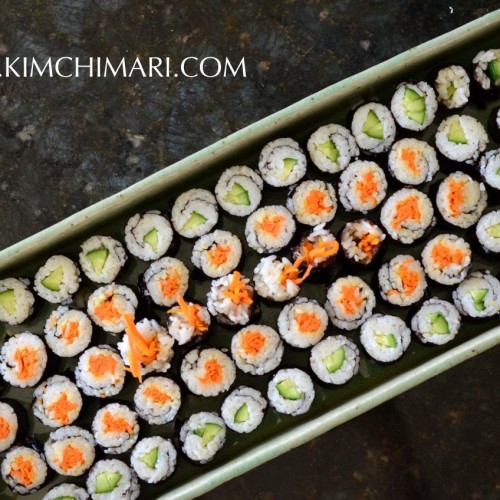
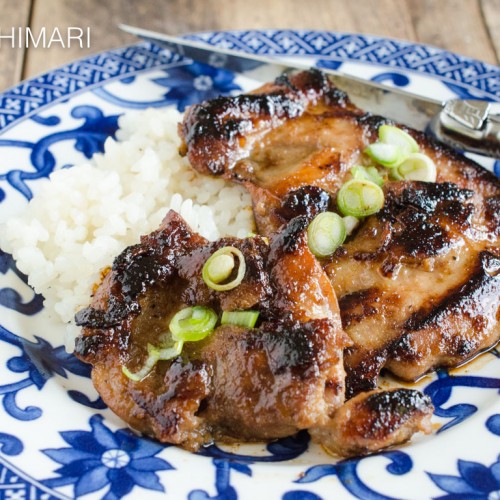
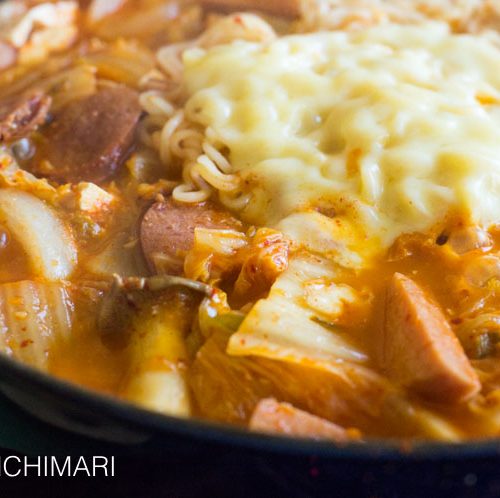
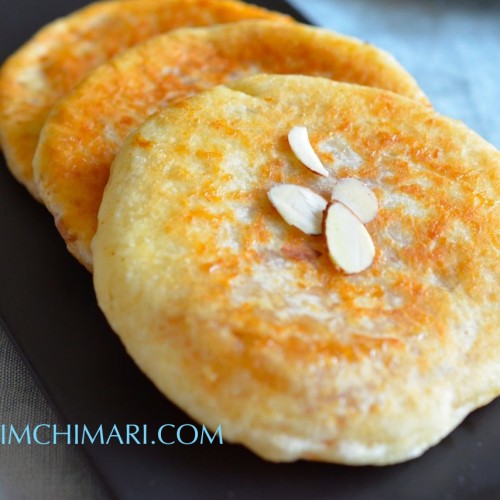






What type of chives to use. Is it the asian chives and not the chives you get from regular supermarket?
Yes, if you can get asian chives (the flat ones) from the asian market that will be best. Enjoy!
I absolutely love jeon but don’t love frying them on the stovetop. The grease splatter, standing above it, flipping it… just much too much work.
Do you think I could bake them in the oven whole? Or use my Air Fryer? If so, what do you think the temperature should be?
Thanks for the recipe. You make it look so simple and easy!
Yeah, I hear you! Hmm.. I think so. Honestly I am not sure since I’ve never tried it before. But I think it can be done. Probably not too a high temperature since the egg will burn easily. Sorry I can’t be of more help but sounds like a interesting idea. Would love to hear how it turns out for you!! Thanks!
Thank for the great recipes! The salad looks good too!
Thank you!
I love your recipe, I’ll try it later! I haven’t jin kanjang or gochukaru but I will replace them with something else 🙂 Thank you for sharing these delicious Korean recipes!